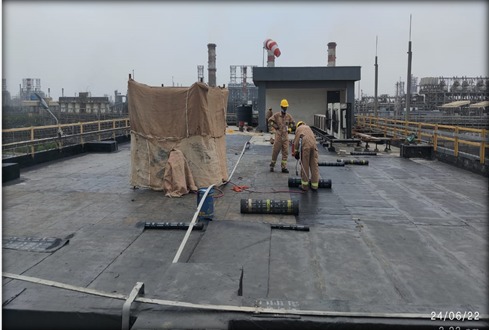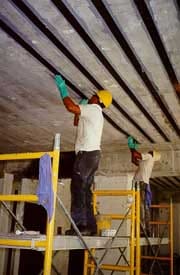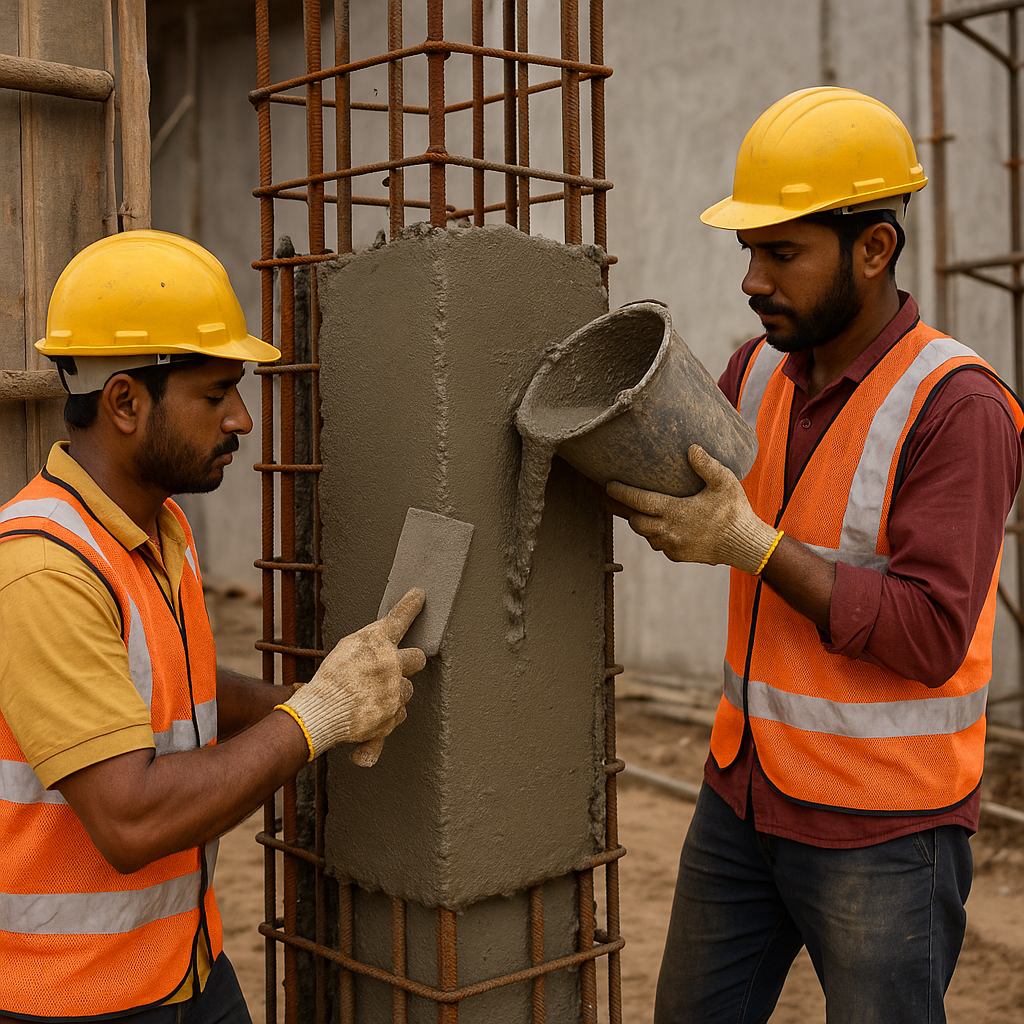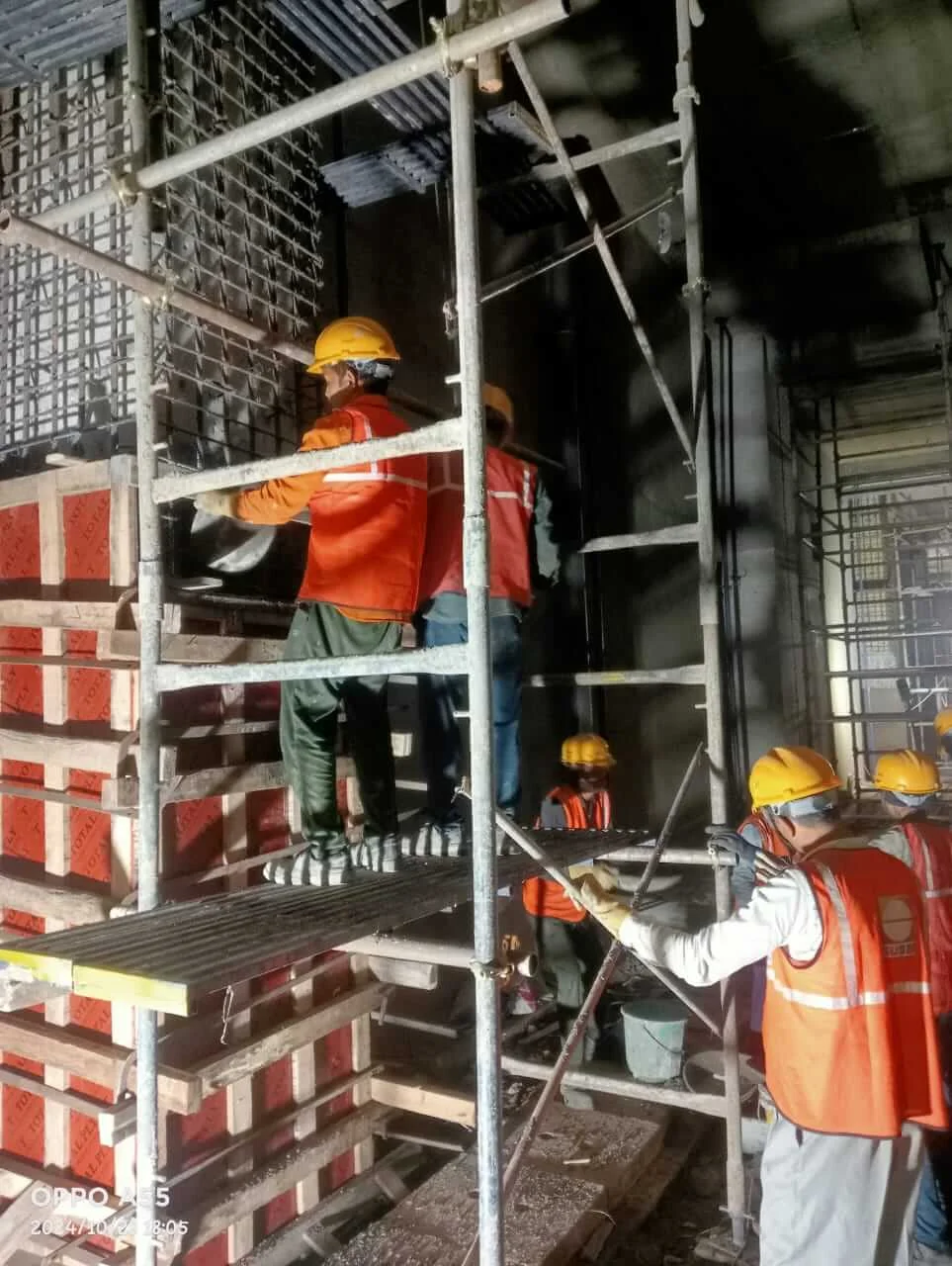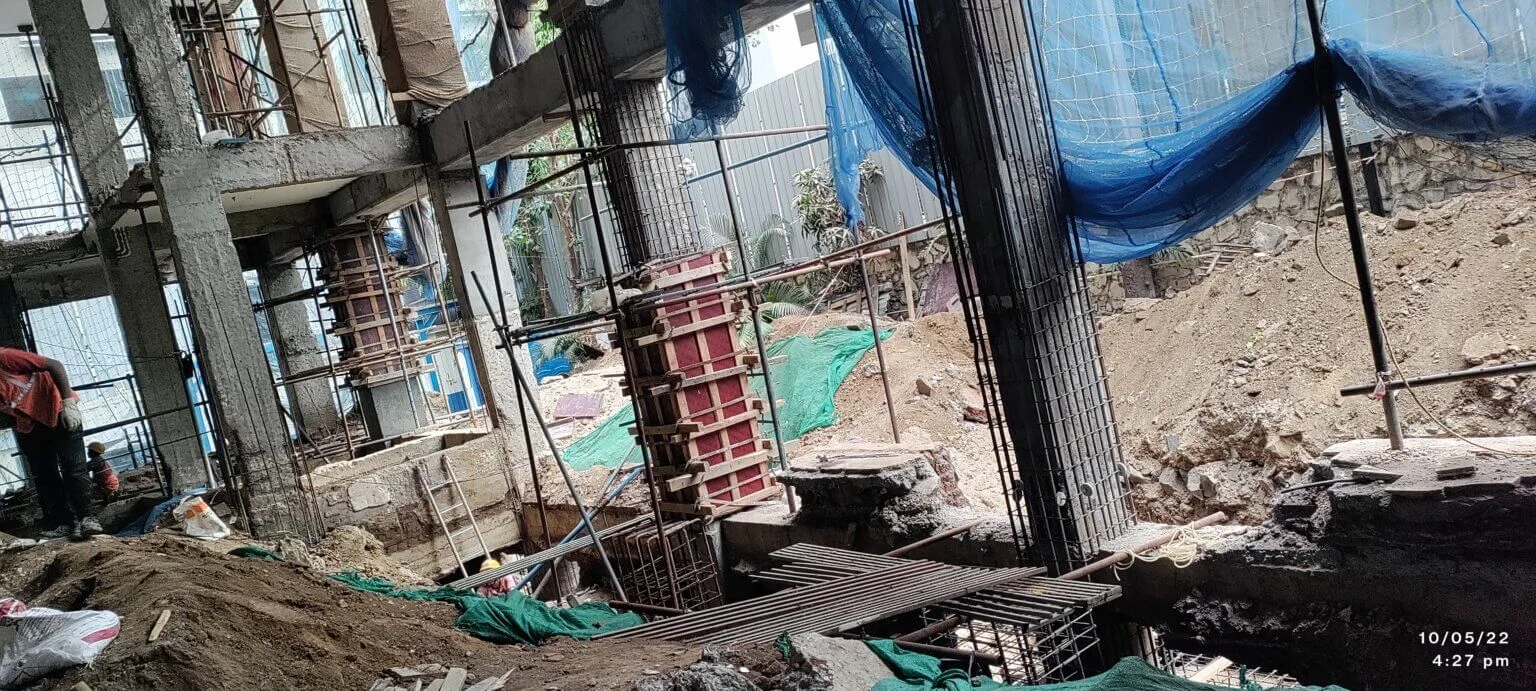How Slab Jacketing Improves Load Capacity in Damaged Floor Slabs
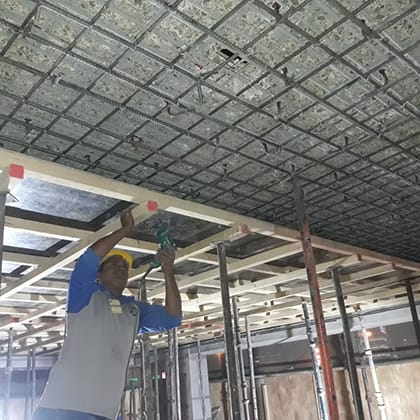
Strong 8k brings an ultra-HD IPTV experience to your living room and your pocket.
In India, many residential, commercial, and industrial buildings face slab deterioration due to ageing and poor construction. This problem is common in cities with old infrastructure. Over time, exposure to moisture, heavy usage, or improper load distribution weakens floor slabs. For property owners and engineers, strengthening becomes urgent. One effective solution widely used across the country is Slab Jacketing. It reinforces damaged slabs, increases strength, and avoids costly demolitions.
What Is Slab Jacketing?
A structural strengthening method called slab jacketing is applied to damaged RCC floor slabs to improve their performance. Engineers reinforce the existing slab with reinforcing bars, more concrete layers, or other structural elements. This procedure both recovers and frequently increases the slab's initial load-bearing capacity. This method is preferred by Indian builders because it employs the materials that are available and produces the least amount of disturbance. It is particularly helpful for structures that need to continue to function while repairs are being made.
Why Indian Structures Require Slab Jacketing
This technique is crucial to Indian construction for several reasons. Older structures frequently lack the structural integrity necessary to support the loads of today. Many buildings were not constructed by current seismic or usage regulations. Slab stress is also increased by modifications such as equipment installations or floor extensions. Slab integrity is also weakened by water leaks from overhanging tanks. Slab jacketing is a useful and affordable way to get around these problems without having to replace entire floor systems.
How Slab Jacketing Strengthens RCC Slabs
By extending the slab's cross-section, the method improves its moment resistance. First, engineers apply bonding chemicals and roughen the slab's surface. After that, reinforcement bars or mesh are installed before high-strength grout or micro-concrete is poured. Together, these components redistribute stress and regulate deflection. By bonding to the previous slab, slab jacketing essentially creates a new structural layer that improves the performance of the composite system under stress.
Step-by-Step Process of Slab Jacketing
A thorough structural assessment is the first step in the process to determine the extent of the damage. Workers roughen the slab for improved adhesion after clearing away any loose particles. After that, they use a bonding agent to encourage integration. Bars or steel reinforcing mesh are placed in place. Before grout or micro-concrete is poured, formwork is put in place. To guarantee strength gain, curing is done for a few days afterwards. For both residential and commercial buildings in India, Slab Jacketing is dependable due to its meticulously designed technique.Minimal Disruption During Repair Activities
The ability to continue building without having to leave the site is one of slab jacketing's main benefits. While the remainder of the building is still functional, engineers can fortify some areas. This works well in Indian settings where downtime is expensive, such as offices, hospitals, and schools. Long closure times, dust, and noise from demolition are avoided. As a result, in populous locations with active residents, it is the recommended rehabilitation technique.Materials Commonly Used in Slab Jacketing
Performance is critically dependent on the materials used. Cement, sand, aggregates, steel rebars, bonding agents, and micro-concrete are usually used in the process. It's easy to find these in Indian markets. When moisture or leaks are an issue, engineers utilise corrosion-resistant steel. Because of its excellent early strength and flowability, micro-concrete is frequently chosen. When used for slab jacketing, all materials meet Indian Standard Codes, guaranteeing long-term durability and safety.Improved Load-Bearing Capacity Through Structural Integration
When finished, the jacketed slab functions as a single, stronger structure. It lowers the possibility of cracking or deflection and withstands extra weights. This technique is used by engineers in Indian commercial buildings to safely install new equipment, partitions, or pedestrian traffic. It encourages the conversion of roof terraces or the installation of upper storeys to residential buildings. Thus, slab jacketing improves future-use flexibility without sacrificing structural integrity.
Suitability for Seismic Retrofitting
Numerous cities in India are located in seismically active areas. Structures in these locations need to be able to resist both vertical and lateral stresses. Major collapses during earthquakes can be caused by weak slabs. Better seismic load distribution is offered by slab jacketing. It improves ductility and the ability to absorb energy. To build a more robust structure, engineers frequently combine this with the strengthening of the columns and beams. This approach provides seismic compliance and peace of mind for property owners in high-risk areas.
Cost-Efficient Compared to Full Slab Replacement
Complete slab replacement is costly and time-consuming, particularly in metropolitan regions of India. It frequently calls for building evacuation, utility disassembly, and total reconstruction. These expenses are greatly decreased by slab jacketing. It permits partial labour without interfering with regular operations. Compared to complete slab rebuilding, labour, material, and equipment expenses are lower. As a result, this solution provides great value with high safety returns for developers and owners on a limited budget.Where Slab Jacketing Is Commonly Applied
Institutional structures, commercial complexes, IT offices, and housing societies all frequently employ this strengthening technique. Slab jacketing is used in cities like Delhi, Bengaluru, and Mumbai for vertical growth or restoration. It is also frequently used in government projects where retrofitting is required to adhere to safety regulations while staying within a tight budget. When a structure is over 15 years old and exhibits structural fatigue, builders use it. It guarantees a longer service life with less maintenance in rural hospitals and schools.
Challenges Faced and How to Overcome Them
Despite its effectiveness, slab jacketing has execution issues. Accurate design, appropriate bonding, and site access are essential. In occupied buildings, dust and noise control are particularly important. By using safe bonding chemicals, planning, and phased execution, engineers can solve these problems. For the new layer to completely integrate, proper curing is essential. Planning for the monsoon season is crucial in India to prevent moisture-related problems during the pouring and curing phases.
Long-Term Performance and Low Maintenance
When done correctly, slab jacketing requires minimal maintenance. The original slab is shielded from additional damage by the additional layer. Frequent examinations guarantee that no indications of water intrusion or cracks appear. For protection, a waterproofing membrane or surface coating applied periodically is usually adequate. This makes it perfect for low operating costs and long-term structural safety. In India, where building maintenance budgets are sometimes constrained, it is especially advantageous.
Strengthening ageing slabs is becoming increasingly important in India's rapidly evolving urban environment. Slab jacketing is a technically sound, cost-effective, and useful solution. It complies with building requirements, supports renovations, and enhances load-bearing performance. This method guarantees safety without requiring expensive reconstruction, whether it is in a government office, mall, school, or residence. It should be viewed as a long-term investment in structural integrity by developers, engineers, and property owners.
Note: IndiBlogHub features both user-submitted and editorial content. We do not verify third-party contributions. Read our Disclaimer and Privacy Policyfor details.



